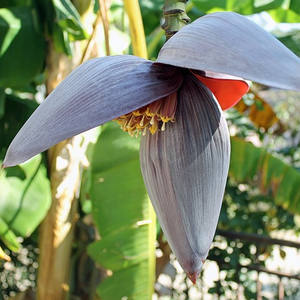 This section provides a brief account of the parameter elicitation process and the information sources used. The following table gives an overview of the parameters used in the priority assessment, their respective sources and some more detailed information about the respective elicitation process and criteria. The ‘Taskforce’ refers to the group of economists and scientists from all participating RTB Centers (Bioversity International, International Center of Tropical Agriculture CIAT, International Potato Center CIP, and International Institute for Tropical Agriculture IITA), with the help of the regional research for development banana networks (BAPNET, BARNESA, Innovate Plantain, and MUSALAC), who worked on the assessment for the five crops included. The group agreed on model and methodology intrinsic parameters to ensure the assessment is carried out in a comparable way across crops.
This section provides a brief account of the parameter elicitation process and the information sources used. The following table gives an overview of the parameters used in the priority assessment, their respective sources and some more detailed information about the respective elicitation process and criteria. The ‘Taskforce’ refers to the group of economists and scientists from all participating RTB Centers (Bioversity International, International Center of Tropical Agriculture CIAT, International Potato Center CIP, and International Institute for Tropical Agriculture IITA), with the help of the regional research for development banana networks (BAPNET, BARNESA, Innovate Plantain, and MUSALAC), who worked on the assessment for the five crops included. The group agreed on model and methodology intrinsic parameters to ensure the assessment is carried out in a comparable way across crops.
Expert working groups formed at the Kampala workshop started estimating the model parameters which were then completed/refined by the resource persons for each research option (see table below). The economist conducting the assessment worked closely with those resource persons through meetings, email and calls to fill the developed templates containing all parameter estimates required for the assessment.



